Understanding Your Car's Transmission
Most people don’t give their cars’ transmissions much thought until something goes wrong, and they need the help of a local auto transmission repair service. Virtually all private passenger cars come with automatic transmissions, but manuals used to be the standard. Unless you are driving an old model or have a sports car, you likely have an automatic transmission. No matter which type you have, here are some pointers to help you understand your car’s transmission.
Transmissions Hold Fluid to Minimize Friction and Heat
No matter what type of transmission your vehicle has, it requires transmission fluid to reduce friction and minimize heat. According to Off-Roading Pro, the transmissions on most private passenger vehicles hold between four and 17 quarts of transmission fluid. If the transmission fluid leaks or loses its viscosity, your transmission is in danger of a complete failure that requires a costly auto transmission repair or replacement.
Most Automatic Transmissions Have Lots of Gears
Many modern vehicles have excellent fuel economy. Part of the reason is the gradual increase in gears used in automatic transmissions. In our experience, it’s common for many current transmissions to have between eight and 10 gears, which enables the vehicle to get up to speed and maintain it without using too much fuel. By contrast, manual transmissions usually have between four and seven gears.
Sports Cars Often Use Manual Transmissions
When you buy a modern sports car, you'll likely have the option of a manual transmission that gives the driver control over the clutch and gear shifts. That’s because many people who buy sports cars want to have the ability to control their shifting and get more performance from their cars. A manual transmission has a clutch pedal between the brake and gas pedal and a shift lever to the driver's right. Many people who drive sports cars enjoy manipulating both for faster acceleration.
Even Automatic Transmissions Have a Clutch
An automatic transmission is called that because it automatically manipulates the clutch to shift gears. A tachometer monitors the RPMs and shifts when they get too high or too low. When the RPMs are high, the transmission shifts to the next taller gear to reduce them. When the RPMs are low, the transmission shifts to the next lower gear to increase them and maintain engine power.
Have any more questions about your transmission? You can visit our
auto transmission repair shop to learn more and schedule maintenance and repairs when needed. Contact Shift Right Transmission & Auto Service today to get started.

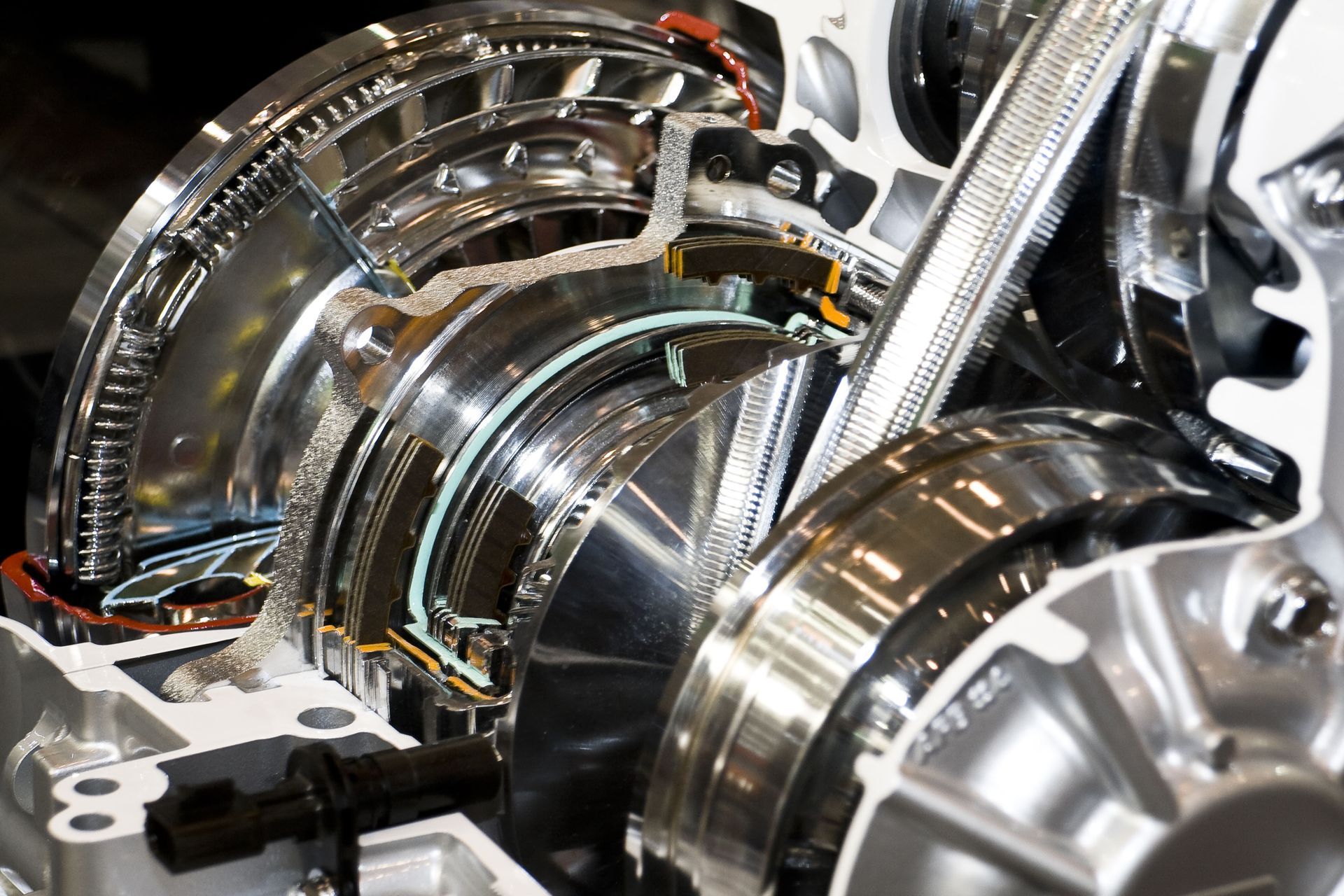
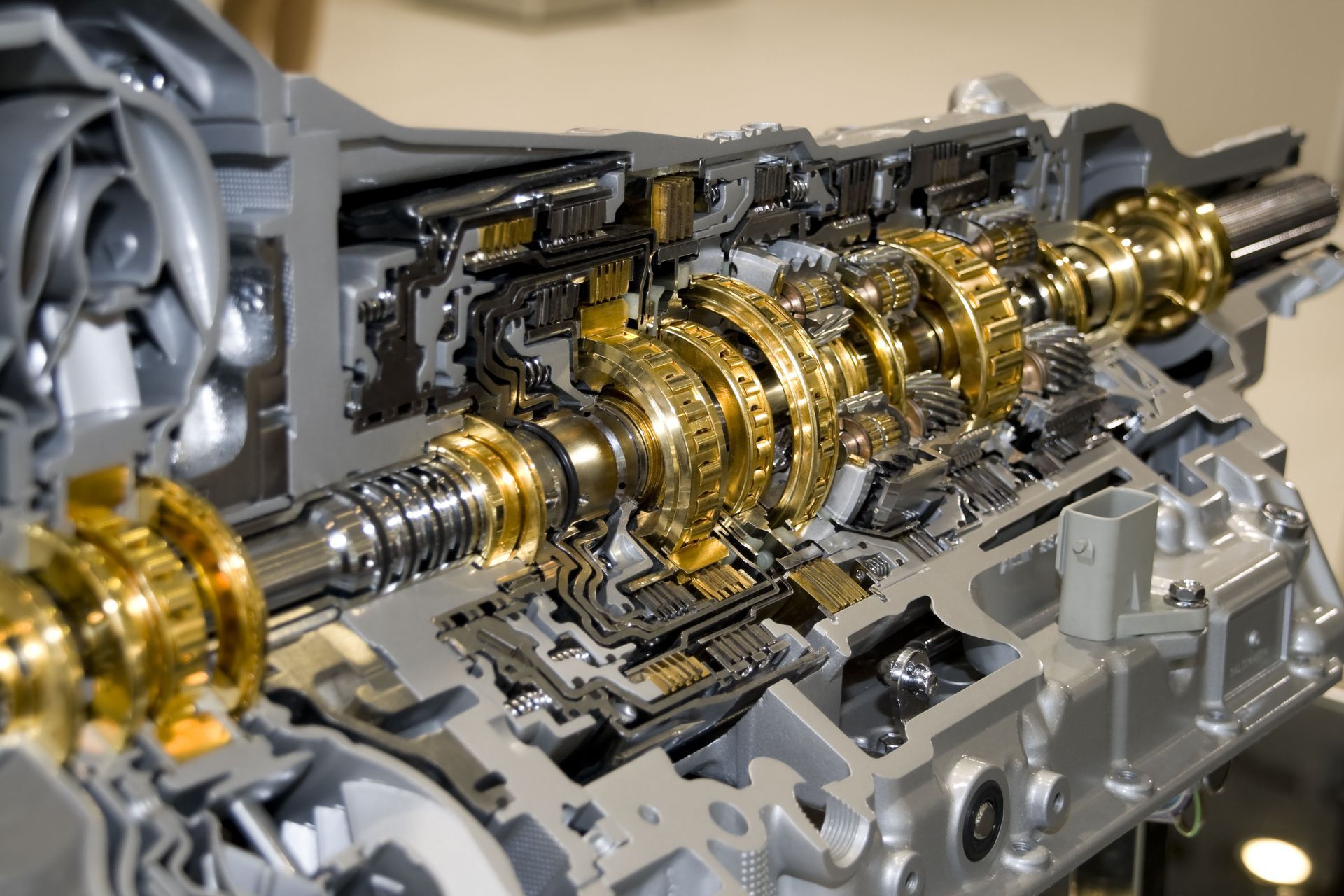
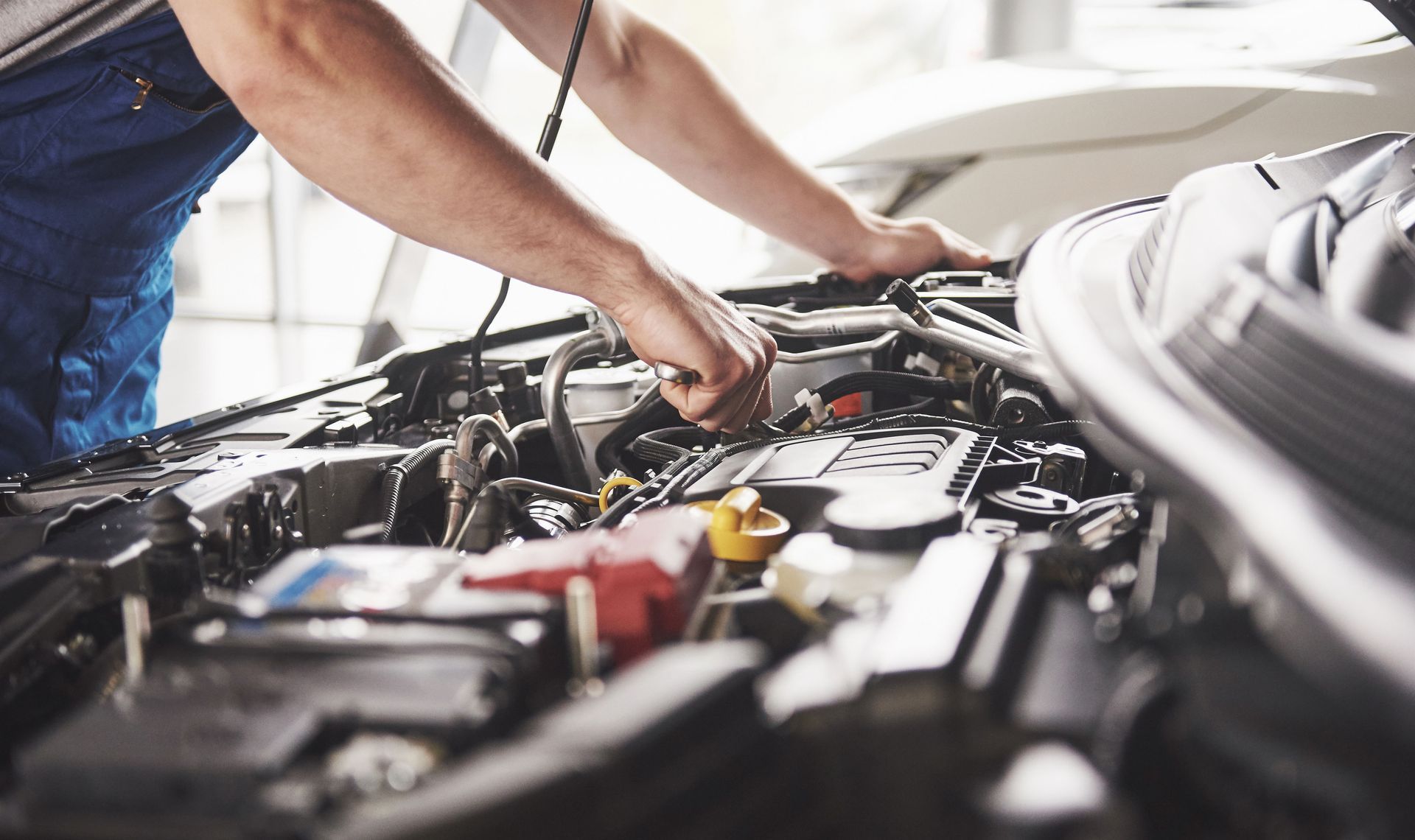
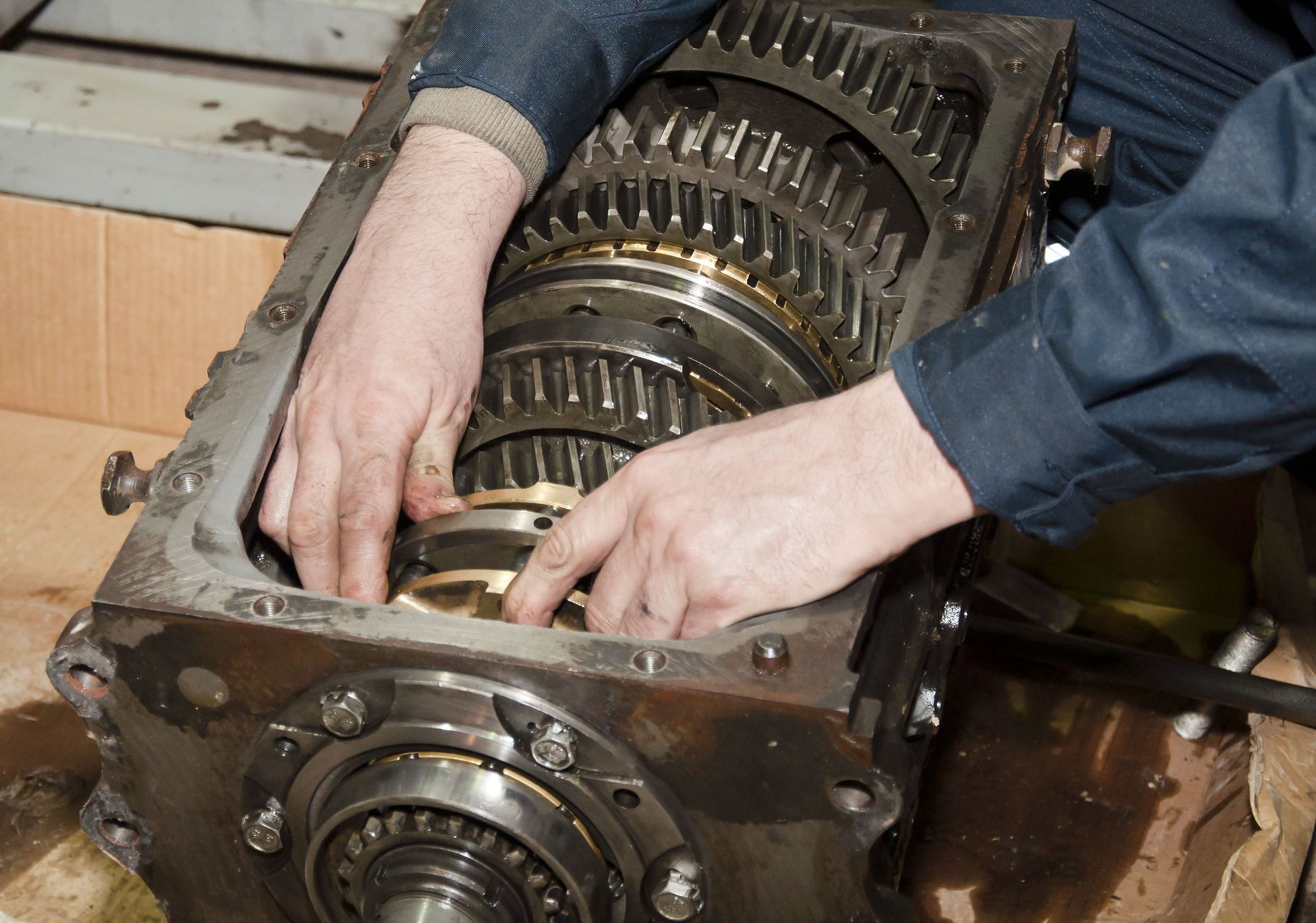
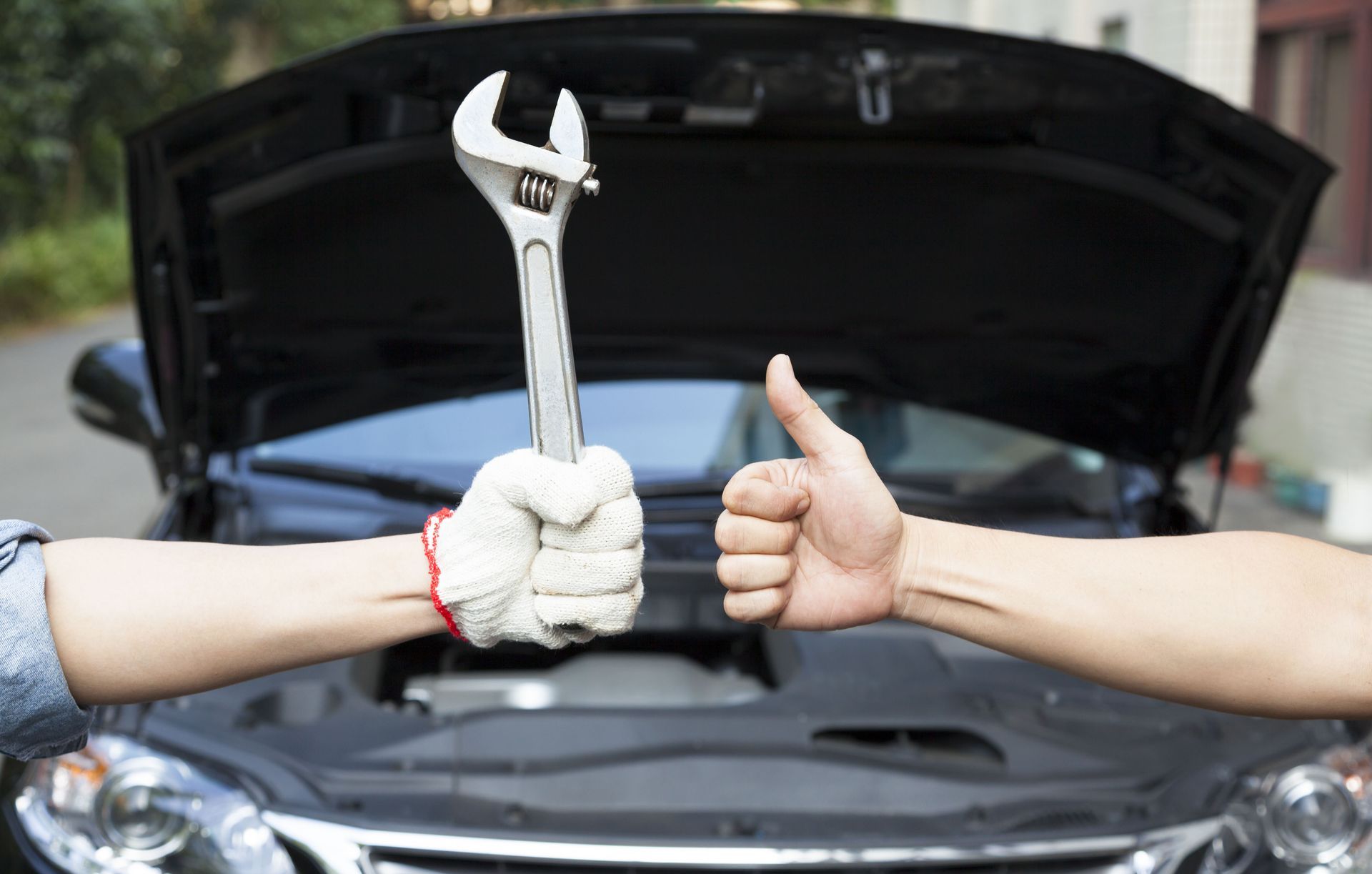
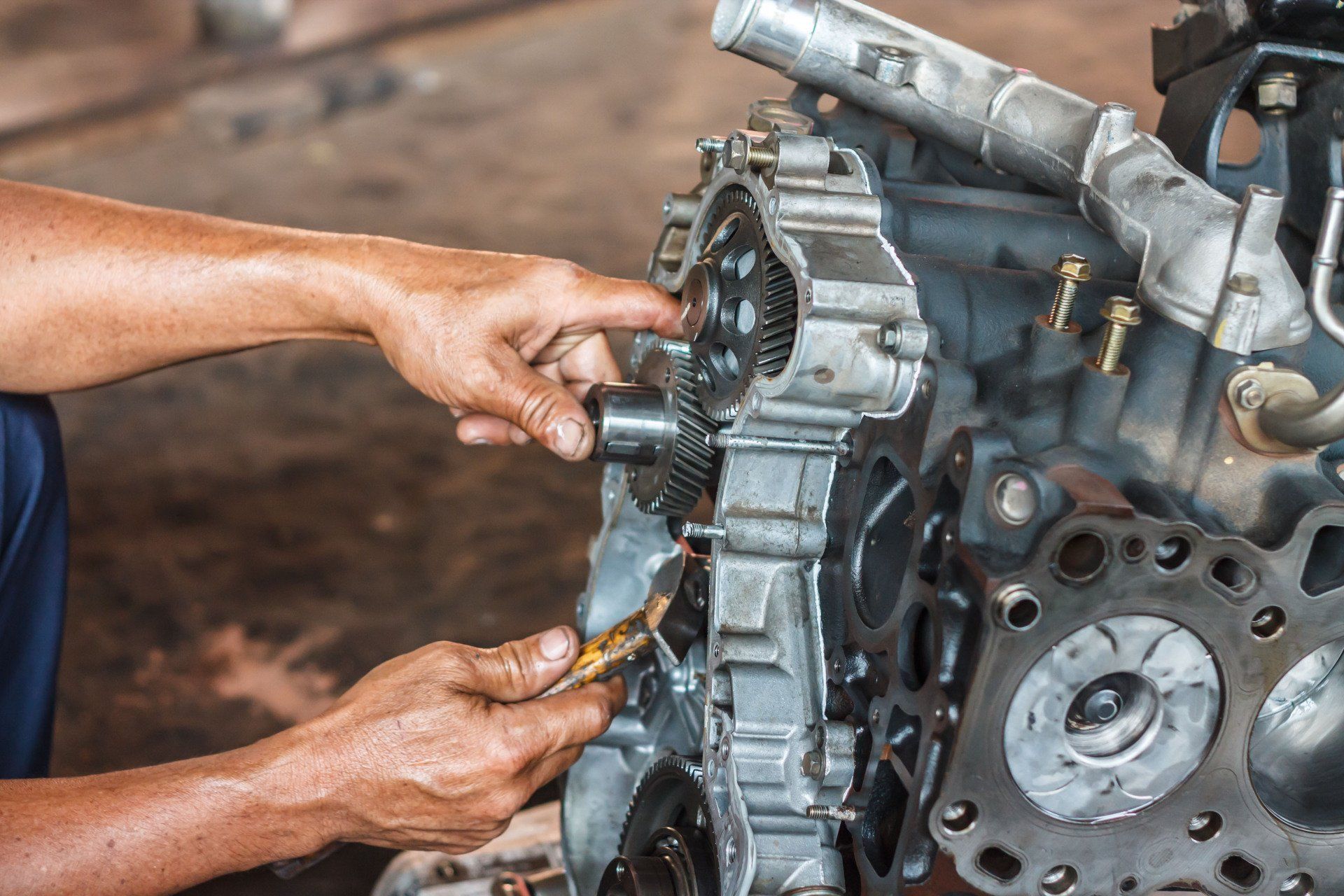
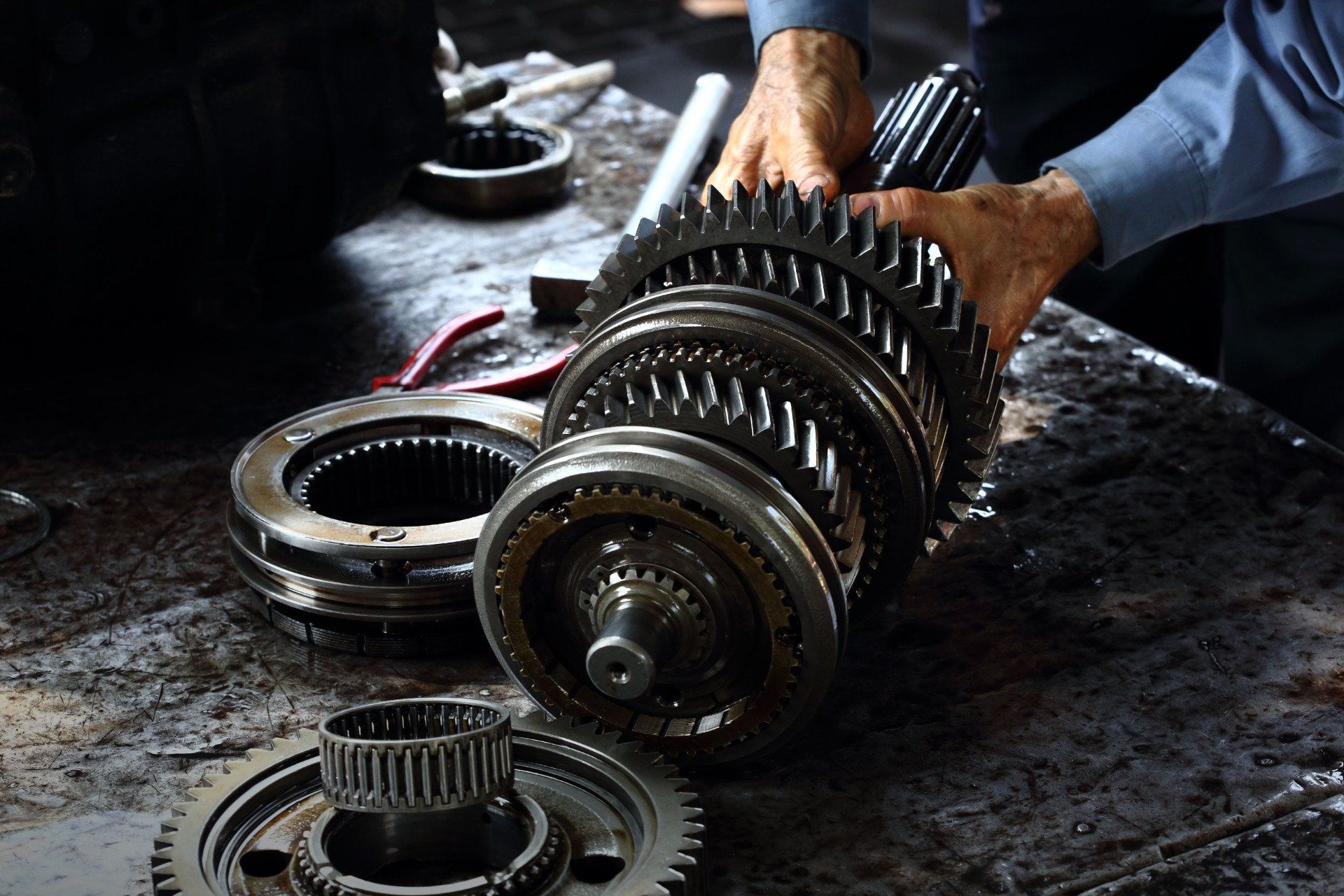
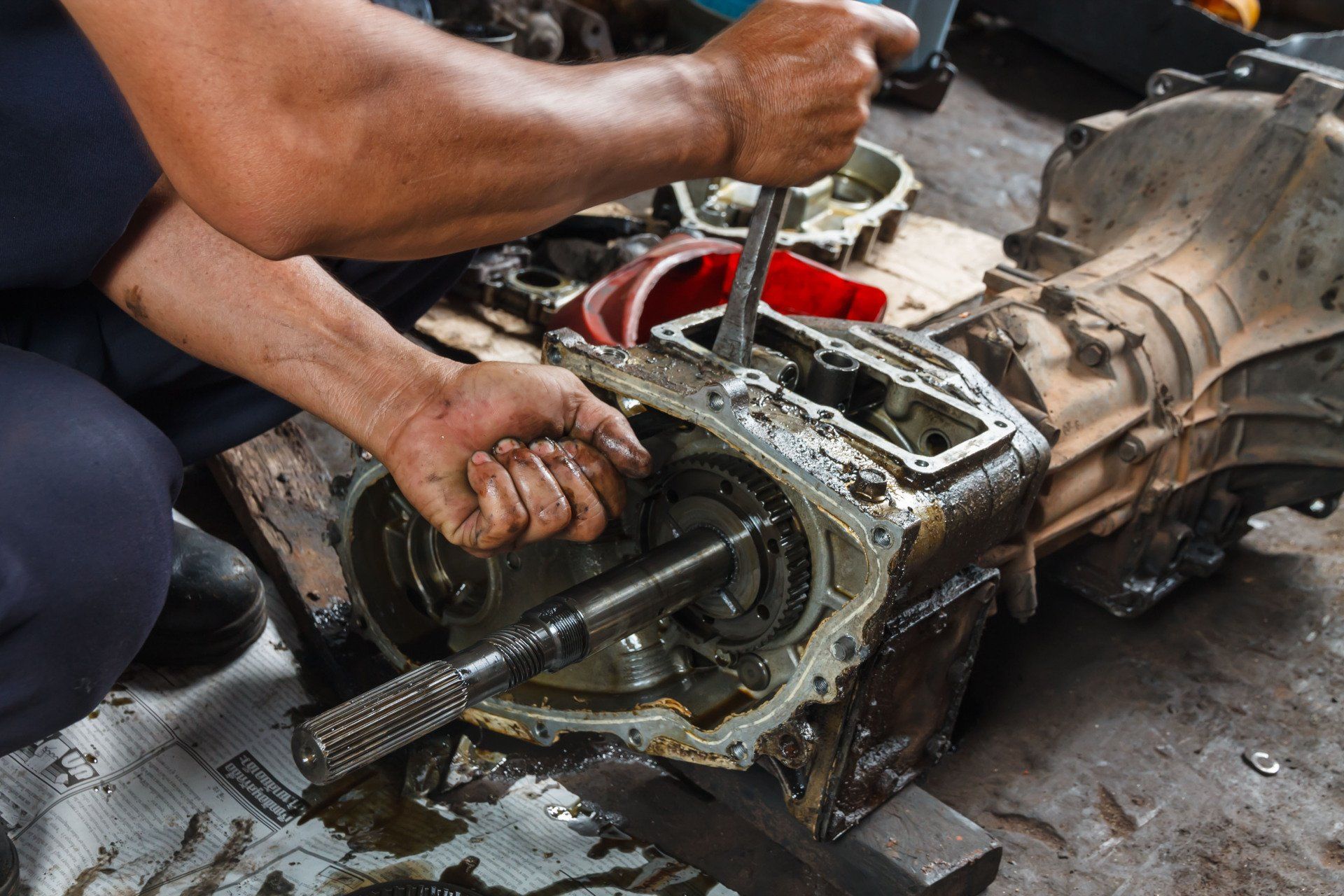

Share On: